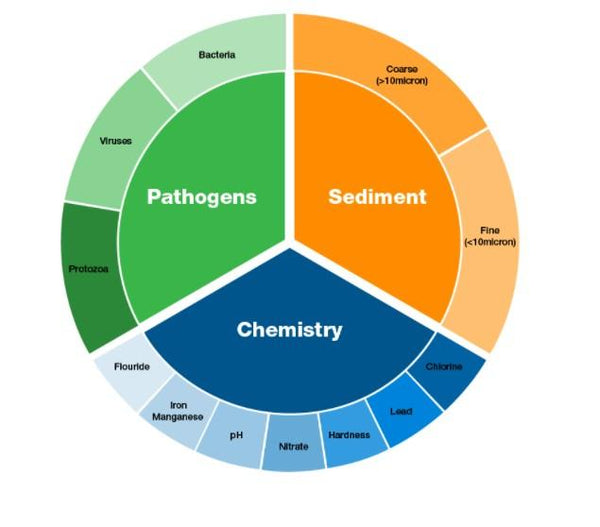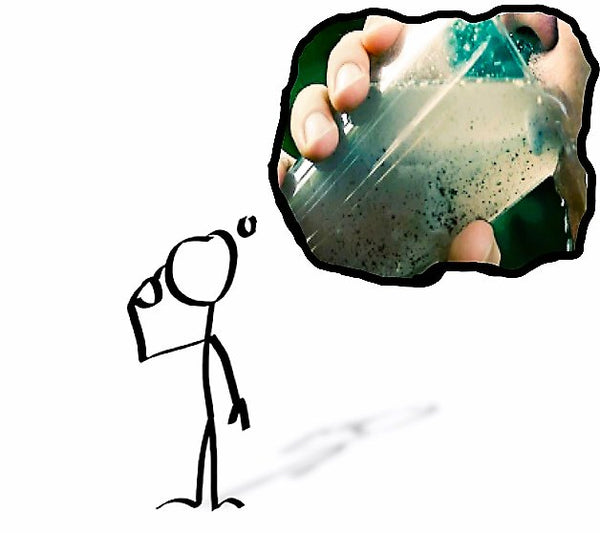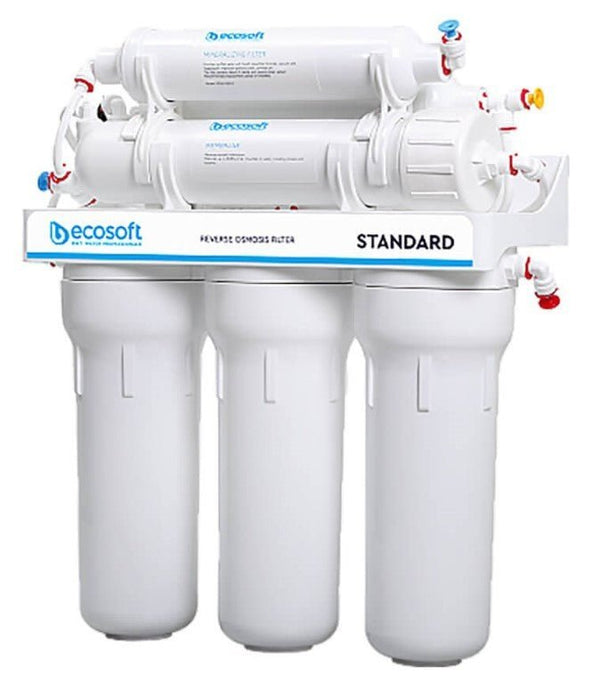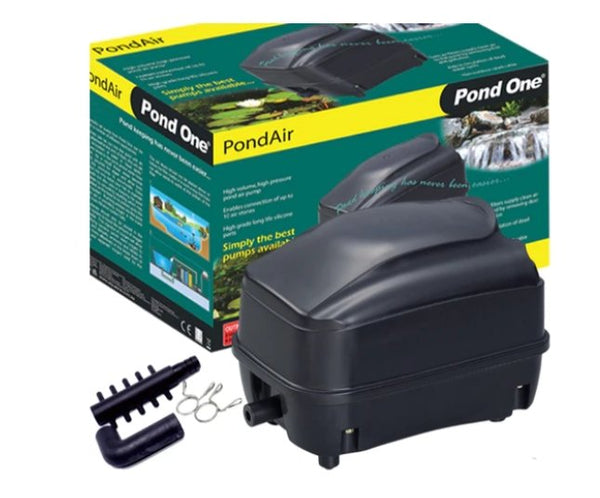Reverse Osmosis (RO)
Reverse osmosis water filtration is one of the most effective forms of water filtration available today.
Reverse osmosis is the ultimate in water purification.
Myths & Rumors
People keep telling me reverse osmosis is dead water and that it's bad for me because it has no nutrients and no minerals in it and is bad for my health. Is that true?
No, that's a common misconception. Reverse osmosis (RO) water is not "dead" or harmful—it’s simply purified water with very few dissolved minerals. Here are some key points to consider:
RO Water Is Safe to Drink – RO removes contaminants, including heavy metals, chlorine, bacteria, and other impurities. Many bottled water brands use RO purification.
Minerals in Water vs. Food – While RO water lacks minerals like calcium and magnesium, most people get these from food. The mineral content in drinking water is relatively small compared to dietary sources.
Re-Mineralisation Options – If you're concerned, you can use a remineralization filter to add beneficial minerals back into the water, improving taste and slightly increasing alkalinity.
Hydration Matters Most—Water's primary function is hydration. RO water hydrates just as effectively as mineralized water.
How it works
Water pressure pushes against a semi-permeable membrane. The membrane allows water molecules through while impurities are flushed down the drain. This means that it is very effective in dealing with even the most difficult contaminants, including Nitrate, Arsenic, Fluoride, Salt and many others for example here are some typical reduction levels as a %
- Sodium 85 - 94%
- Fluoride 85 - 92%
- Chloride 85 - 92%
- Zinc 95 - 98%
- Iron 94 - 98%
- Sulfate 96 - 98%
- Calcium 94 - 98%
- Potassium 85 - 95%
- Nitrate 60 - 75%
- Zinc 95 - 98%
- Mercury 95 - 98%
- Selenium 94 - 96%
- Phosphate 96 - 98%
- Lead 95 - 98%
- Arsenic 92 - 96%
- Magnesium 94 - 98%
- Nickel 96 - 98%
- Fluoride 85 - 92%
- Manganese 94 - 98%
- Cadmium 95 - 98%
- Barium 95 - 98%
- Cyanide 84 - 92%
Will RO remove Viruses?
Yes it effectively removes viruses such as
- Removing protozoa (e.g. Cryptosporidium, Giardia)
- Removing bacteria (e.g. Campylobacter, Salmonella, Shigella, E. coli)
- Removing viruses (e.g. Enteric, Hepatitis A, Norovirus, Rotavirus).
Advantages
RO is the very best in domestic undersink filtration and purification
Tea and Coffee will infuse better and have improved flavour
Noticeably better tasting drinking water
Small designs for under sink use
A separate lead free drinking tap keeps the water safe all the way to delivery
You will no longer need to buy bottled water, reducing your carbon footprint and plastic pollution
Note: Some RO units have a remineralizer filter so you’ll get healthy amounts of calcium, magnesium and potassium for optimally alkaline, pH balanced water
Do they Waste Water?
RO systems typically "wastes" 4 parts to every 1 part of water. Example for every 1 litre of purified water you will send to waste approx 4 litres.
The word "wasted" water can be looked at differently as not "wasted" but part of the needed process to flush away the toxins from water. Like washing your hands or rinsing dishes, it isn't wasted it is a part of the process.
The average ratio of wastewater to filtered water in the RO system is 3:1, respectively. This makes the reverse osmosis system not the most environmentally friendly and economical choice. While some RO systems have a slightly low ratio of wastewater to filtered water, you won’t find any without any wastewater.
Water flushes the membrane to wash away the toxins that have been trapped in the membrane during the filtration process and then discarded in the waste pipe.
How long does the water take to flush out the membrane?
You may hear water running when you aren't even using the tap. This is the flushing process of the membrane and can sometimes last up to an hour.
Once you draw enough water to trigger the system to make filtered water you will then hear the system draining until the water has been re-plenished in the tank.









